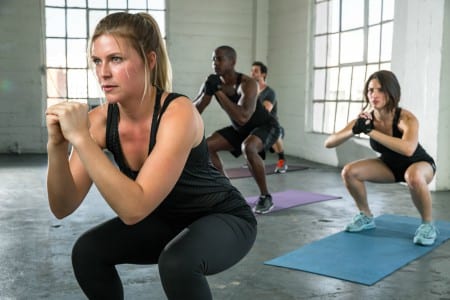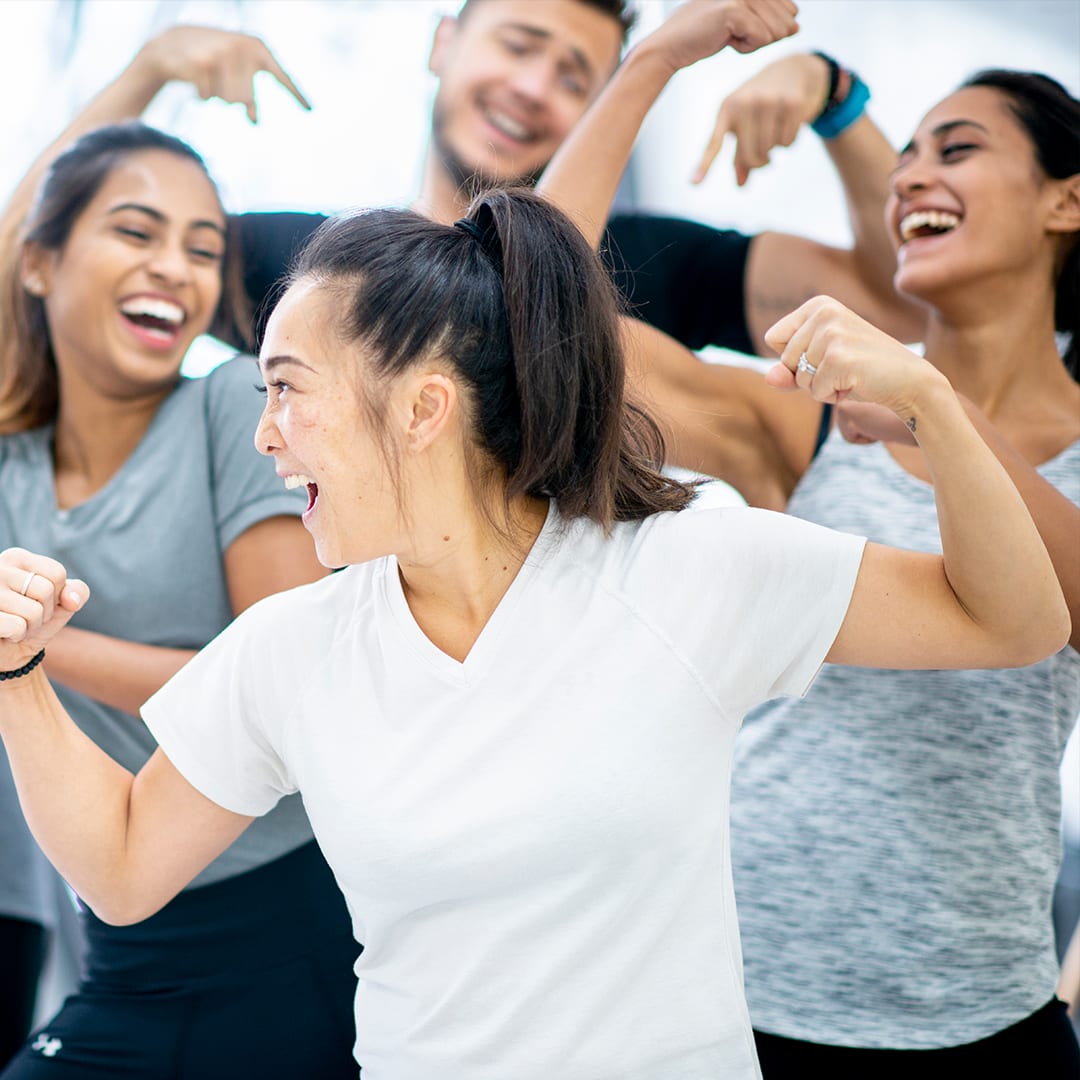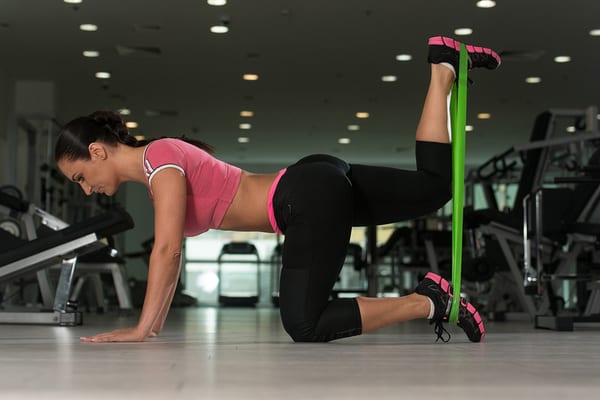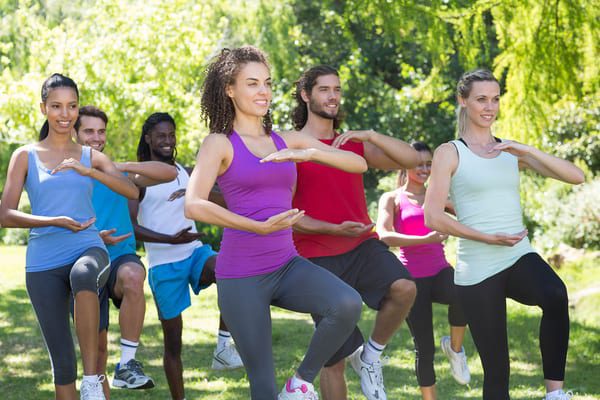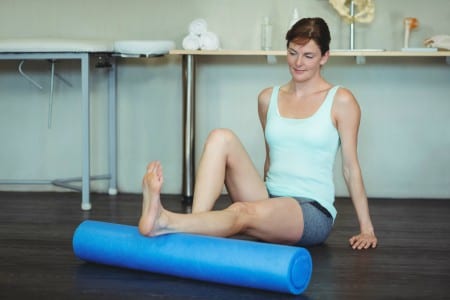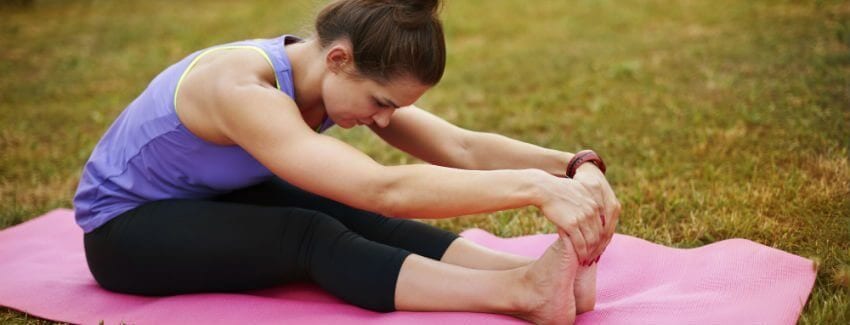Add Stretching to Your Routine with Baltimore Personal Training
Once in a while, a blustering monster rears its head in the workout scene when you dare to close your eyes and take a deep breath. The mouthy beast tries to kill you with confusion when you’re nose-to-knees, silently applauding yourself for touching your fingertips to the ground. There’s not a more efficient way to crush the spirit of a fitness enthusiast’s soul than to hear the words “you’re doing it wrong” sinisterly whispered from above as you’re doing your stretching exercises. Often, that doubting, a critical voice comes from one’s own head. No worries. Your best defense against that blow-hard doubt is information. Get ready to arm yourself.
Stretching Exercises: Timing Is Everything
When it comes to stretching, much about “doing it right” is in timing. Stretching increases muscular flexibility to allow you to move your muscles and joints through full-range-of-motion during the workout you are about to do, in addition to future workouts. Stretching is intended to improve performance and prevent injury, not be the harbinger of pain, stress and maiming.
There is nothing wrong with bending over to put your hands on the ground to stretch your hamstrings. However, “when” you do a certain stretch is key. Should you stretch before your workout? Is it really necessary to stretch after working out? The answer is yes to both questions. However, there is a season for different methods of stretching. There are two basic types of stretching used by fitness enthusiasts. Fortunately, they fit into two stages of a workout (warm-up and cool-down) quite well.
Dynamic Stretching during a Warm-up:
Dynamic stretches are not held. They are “moving” stretches that are incorporated into a warm-up. They increase blood flow to muscles and provide “rehearsal” movements that mimic, in a small way, the activity about to be performed. Dynamic stretching gives muscles a chance to benefit from increased blood flow and the mind an opportunity to prepare for the more intense movements to come. A few examples of active stretches are pre-run heel walking and walking lunges, half-squats and easy calf-raises preceding strength training and arm swings before getting started.
Static Stretching in a Cool-down:
The time to work on increasing flexibility, by holding stretches for 30 seconds or more, is after you are adequately warmed-up. That means during the cool-down part of a workout. In a static stretch, you extend a muscle to a point of discomfort, but not pain. Static stretching can also help prevent post-workout discomfort.
Once you’ve mastered dynamic, static stretching exercises and tamed doubt, consider asking a trainer or other fitness expert to help you explore how other specialized methods of stretching might help you meet your goals. Some exercisers find incorporating regular yoga sessions entirely focused on flexibility help them. Other athletes include Active Isolated Stretching, Myofascial Release, Proprioceptive Neuromuscular Facilitation and Ballistic Stretching into their workout plans.
Explore. Be flexible. Find what works for you!

